If eating a lot of High Protein can help with fat reduction and muscle gain, this is one of the most frequently asked questions in the fitness and nutrition industry. Yes, to put it briefly, but the full explanation goes into more depth. Let’s look at the benefits of eating a high-protein diet and how they relate to gaining muscle and losing fat.
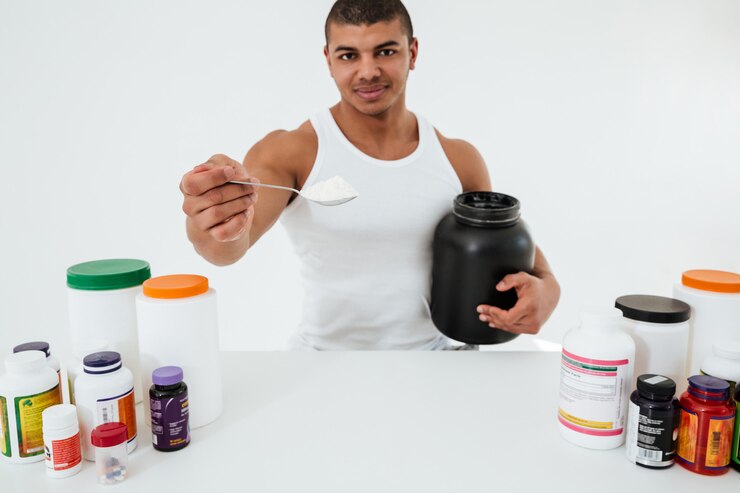
At Verywell, we think that leading a healthy lifestyle doesn’t have to be one size fits all. Individualized diet programs that consider the needs of the full person are necessary for success. See your doctor or a qualified nutritionist before beginning a new diet, particularly if you have any underlying medical conditions.
The Role of High Protein in the Growth of Muscle:
Protein is necessary for muscular building. Since proteins are the building blocks of muscles, consuming enough of this macronutrient can promote muscle growth over time by aiding in the repair and rebuilding of muscle fibers after intense exercise.
Muscle Protein Synthesis (MPS): After exercise, especially resistance training, your body goes through a phase of MPS, or the synthesis of new muscle fibers. Consuming sufficient amounts of protein provides the building blocks (amino acids) needed for MPS.
Protein Quality: Different proteins have different qualities. Complete proteins, such as those found in animal products, contain all of the amino acids needed for muscle repair. For vegans and vegetarians, combining different plant proteins can also produce a complete amino acid profile.
Can You Adopt a High-Protein Diet?
Hormones, enzymes, cell maintenance and repair, and other critical bodily processes are all facilitated by protein, an essential food. High Protein diets promote eating more protein and consuming less fat and carbohydrates in order to increase energy, accelerate weight loss, and improve sports performance.
Nowadays, it’s common to see people follow High Protein diets, which usually involve increasing the quantity of protein consumed while significantly reducing or avoiding carbohydrates. These diets can help maintain muscle mass, promote satiety, lower hunger, and raise metabolic rate; however, there is no one-size-fits-all approach, so what works for someone else might not work for you.
The Weekly High-Protein Diet Schedule:
Here’s an illustration of a diet strong in protein:
Day 1: Whey protein drink with milk; chicken breast, greens, toasted pita wedges, cucumber, cherry tomatoes, and sautéed spinach; eggs, cottage cheese, whole grain toast, and berries; Greek yogurt with banana slices.
Day 2: Hard-boiled eggs, apple slices, shredded zucchini, egg whites, and berries combined with oatmeal and protein powder whole grain tuna salad with a side salad; Protein bar with roasted broccoli and chicken pasta primavera.
Day 3: cottage cheese with diced apples and cinnamon; protein pancakes with mixed berry sauce; Extra-lean beef chili with beans and veggies, cornbread; pear and whey protein smoothie; Brown rice, green beans, and grilled chicken breast.
Day 4: Turkey pepperoni stick, whole grain crackers, smoked salmon, and sautéed asparagus a wrap with chicken salad, lettuce, cucumber, and avocado; eggs boiled and pita bread; rice pilaf, lemon, broccoli, and poached white fish.
Day 5: Greek yogurt with grapes; white fish tacos with cabbage slaw; mixed berry and protein powder smoothie; steak, egg whites, sliced tomato, and whole grain toast; Brown rice, stir-fried vegetables, teriyaki sauced salmon, and almonds or black bean brownies.
Day 6: Tuna salad on crackers with pieces of cucumber, apple, almond butter, and premade protein drink; Greek yogurt bowl with fruit and boiled egg; A stuffed pork loin prepared in the Cuban way, served with roasted potato wedges, kale salad, pickles, and mustard.
Day 7: Whole grain bread, shredded cheese, mushrooms, spinach, and egg white omelet; apple and protein bar; bleu cheese-topped steak sandwich with mixed greens and a side salad; Green beans and barley in a beef stew; cottage cheese topped with blueberries.
Items Permitted in a High-Protein Diet:
Generally speaking, a High Protein diet calls for getting more than 20% of your calories from protein. Usually, this entails consuming fewer calories from fats and carbohydrates.
A High Protein diet does not specifically exclude certain foods, although it is advised to consume more lean proteins and less processed carbs, sweets, and fats.
There’s no set time for meals when following a high-protein diet. On the other hand, some individuals also engage in intermittent fasting, which entails capping calories on some days of the week and fasting on others, or going for prolonged amounts of time each day—such as sixteen hours—without eating.
How to Put Together a High-Protein Diet:
The three macronutrients—fat, carbs, and protein—should be balanced in any nutrient-dense diet for weight loss or overall wellness. At least 20% of the calories in a High Protein diet come from protein. Your ideal protein intake is influenced by your age, gender, body type, and degree of activity.
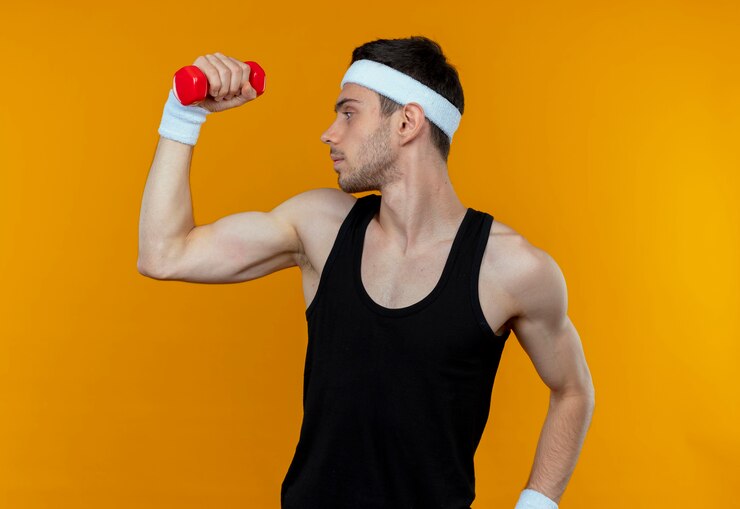
According to general recommendations, you should consume 10% to 35% of your calories from protein.4 The daily need for active people may be between 1.2 and 1.7 grams (g) per kilogram (kg) of body weight. This is equivalent to 82–116 grams for a 150-pound person. A minimum of 0.8 g/kg/day is the official recommended daily amount (RDA) for healthy adults5, which works out to 54 grams of protein for a 150-pound person.
Check your daily protein intake with a calorie-tracking app or website. A lot of individuals who follow a high-protein diet utilize apps to monitor their consumption of macronutrients and make sure they get the right amounts of fat, carb, and protein.
A High Protein diet often starts with 30% of calories coming from protein, 30% from fat, and 40% from carbohydrates. However, a beginning ratio is only that—a beginning. A lot of people who support high-protein diets discover that they perform better with slightly higher or lower amounts of a certain macronutrient. This implies that you can modify your macros as necessary and still stick to a high-protein diet.
Eating a diet high in protein usually means:
Planning meals around a protein, such as lean beef, poultry, or pig, and then covering the remaining space on the plate with vegetables is known as including High Protein at every meal.
Avoiding processed carbohydrates: Use small servings of healthy grains High Protein, such as quinoa or amaranth, in place of refined grains like white rice, pasta, and bread. You may also use riced cauliflower in place of white rice and spiralized zucchini or carrots in place of pasta.
Protein snacks: Stock up on high-protein foods like string cheese, Greek yogurt, nuts, and hummus in case you get hungry in between meals.
Protein-rich breakfast options, such as eggs and smoothies made with protein powders like whey, pea protein, or collagen, are a great way to start the day.The top protein powders have been tried, tested, and evaluated by us. Look into which protein powder would be finest for you if you’re in the market for one.
An example of a high-protein diet shopping list:
Nutrient-dense veggies and berries, whole grains, and lean protein are frequently highlighted in well-rounded, High Protein diets. You can start living a High Protein lifestyle by using the shopping list that follows. Keep in mind that there may be alternative foods that are more beneficial for you; this is not an exhaustive list of things to buy. Stock your fridge and freezer with fresh and frozen meats, fish, and berries by adding them to your cart.
Red meat cuts that are lean (filet mignon, top round, and sirloin tip)
- 75–80% lean beef on the ground
- Chicken thighs and breasts
- Filets of seafood (halibut, cod, and salmon)
- beans (pinto, kidney, and black)
- veggies (broccoli, cauliflower, mushrooms, peppers, and dark greens)
- plant-based milk
- Yogurt, cheeses, and low-fat milk
- Eggs
- Nuts and seeds (hemp, chia, walnut, and almond seeds)
- berries, including strawberries, raspberries, and blueberries
- Whole grains: barley, amaranth, and quinoa
Different Forms of High-Protein Diets:
Certain iterations of a High Protein diet lack the diversity shown in these instances. Eating more protein than other traditional diets is the fundamental tenet of a High Protein diet. Some consume a lot of protein together with processed, fatty, and sugary foods. Examples include low-carb diets that emphasize high-fat meals like bacon and cheese, or the “if it fits your macros” (IIFYM) eating approach.
Example of a High-Protein Diet:
A High Protein diet consists of a serving of protein at each meal, along with smaller portions of whole grains, vegetables, and some fruits. In order to reduce hunger, you can also eat protein snacks in between meals. Low-fat string cheese or nuts make excellent choices.
This sample three-day meal plan provides an idea of what a High Protein diet might entail. At supper, you have the option of having a glass of wine or water to go with these meals. Remember that different meals can better fit your likes and preferences if you choose to stick to this diet.
Environmental Aspects to Take into Account:
People who care about the environment might notice that the first item on the sample grocery list for a high-protein diet is red meat. Although the diet promotes red meat intake, it’s important to note that you can completely adhere to a high-protein diet by replacing red meat with any of the other High Proteins specified if red meat concerns you in any way, whether it be personally or environmentally. This could mean cutting red meat out entirely or sticking to a “once-a-week” consumption—whatever moderation you think is most acceptable.
First Day:
Breakfast consists of two strips of turkey bacon, avocado toast, and a high-protein shake with berries.
- Lunch would be a chicken roll-up with quinoa and low-fat feta.
- Dinner is four ounces of oven-baked herbed salmon and two cups of Mediterranean chopped salad.
Day Two:
- Breakfast consists of one plate of “Mexican garden” egg scramble and plain green juice.
- Lunch is two cups of low-carb taco salad (with low-fat cheese and yogurt).
- Dinner is one cup of vegan chili and two Poblano portabella mushroom tacos.
Day Three:
- Breakfast consists of two over-easy eggs and a 3-ounce pan-seared bone-in rib eye or sirloin.
- Lunch is a smoothie with peanut butter, bananas, blueberries, and açañ (you can add a scoop of protein powder for an added kick).
- Dinner consists of 1 dish of harissa chicken and cauliflower on a sheet pan and 2 cups of blood orange and quinoa salad.
A High-Protein Diet’s Benefits:
A diet rich in protein has many advantages:
It will feel longer feeling full. You may feel more satisfied and full after eating protein-rich meals and snacks, which may aid in portion control.You’ll gain and hold onto greater muscular mass. Strong muscles burn more calories than fat even when at rest, and they function better throughout daily activity.
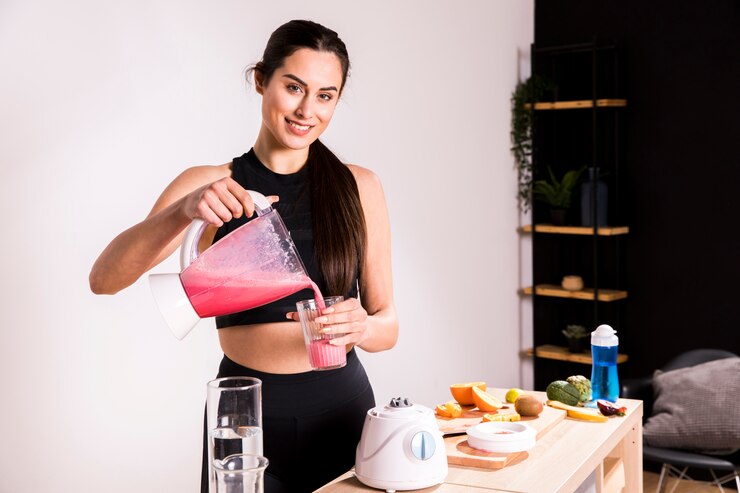
You might have a stronger preference for nutrient-dense foods. There is less room on your plate for less nutrient-dense meals when your meal plan centers around a lean source of protein. Increasing your intake of diverse protein sources may also help your diet. For example, eating tuna gives you the benefits of its protein and good fats.
May aid in weight loss and maintenance: When attempting to reduce weight, eating a diet high in lean protein has various advantages. Diets high in protein can help you gain and maintain muscle mass, speed up your metabolism, and feel fuller longer.
Increases calorie burn: Eating protein makes your body work harder to chew and digest the food, which results in a higher caloric burn. The term “thermic effect” refers to this.However, keep in mind that there aren’t many extra calories burnt, so you shouldn’t rely your entire weight-loss regimen just on this advantage.
A High-Protein Diet’s Drawbacks:
Eating a high-protein diet may have certain disadvantages, just like any other diet:
Potential inadequacies in nutrients. Dietary fiber deficiency in a High Protein diet can lead to constipation and other health issues. Consuming adequate dietary fiber has benefits for the health of the colon, as well as for lowering inflammation and preventing cancer.
Foods high in fat and processed foods are occasionally recommended. Some High Protein diets also recommend consuming high-fat meals like full-fat dairy products, processed and cured meats like hot dogs, sausage, and bacon, and fatty cattle cuts. Given that these foods are frequently linked to cancer and heart disease, they are not the greatest options for a balanced diet.
Chronic disease sufferers may be at risk from consuming too much protein. A High Protein diet shouldn’t be adopted by anyone with kidney illness without first seeing their physician.Excess protein is converted by the body to glucose for energy, which may raise blood sugar levels in diabetics.
Possibly limiting: Certain High Protein diets include a significant restriction on carbs, which can lead to dietary inadequacies and constipation as well as a lack of fiber and other health issues.
People with kidney problems might not want to use this: People with kidney disease may have a worsening of kidney function as a result of excreting excess protein through their kidneys.10 Additionally, nitrogen (ammonia) is produced as a result of protein metabolism. Urine is the only way nitrogen can be eliminated. People who consume a lot of protein in their diet are therefore more likely to become dehydrated and should drink extra water.
Might be rich in saturated fats: While lean protein options are recommended by the majority of High Protein diets, some include and even promote protein sources that are high in saturated fats. Studies have shown a link between eating processed meat and cancer, and a diet heavy in saturated fats can raise your risk of heart disease.
There are certain possible drawbacks to High Protein diets, despite their apparent many advantages.14 Although this way of eating could help people lose weight, it frequently leaves out vital food groups like grains and fruits, which prevents a diet from being well-rounded.



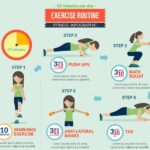

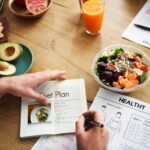


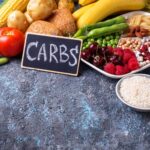


1 thought on “Can High Protein Help Build Muscle and Burn Fat?”